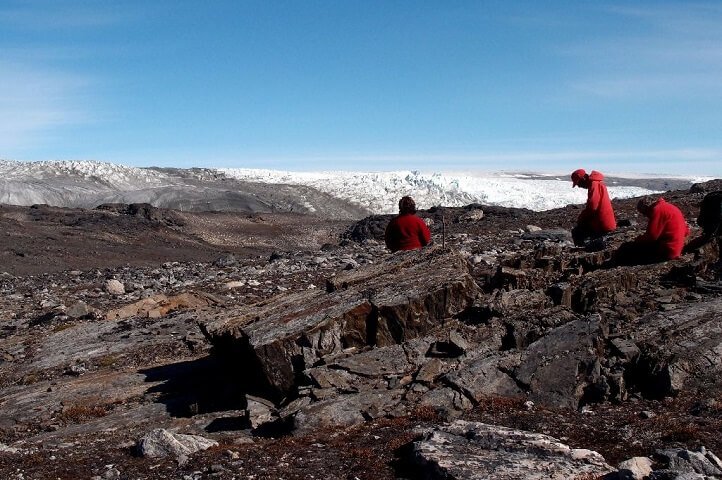Scientists have discovered the world’s oldest fossils — about 3.7 billion years old — which pushes back the previous record by 220 million years and captures the earliest history of our planet.
Led by the University of Wollongong’s (UOW) Professor Allen Nutman, the team discovered 3.7-billion-year-old stromatolite fossils in the world’s oldest sedimentary rocks, in the Isua Greenstone Belt along the edge of Greenland’s icecap.
The discovery of the Isua stromatolite fossils provides a greater understanding of early diversity of life on Earth which researchers say could have implications for our understanding of life on Mars.

Prof. Nutman said the fossils predated the world’s previous oldest stromatolite fossils — which were found in Western Australia — by 220 million years.
The discovery pushes back the fossil record to near the start of Earth’s geological record and points to evidence of life on Earth very early in its history.
The Isua stromatolites, which were exposed by the recent melting of a perennial snow patch, were laid down in shallow sea, providing the first evidence of an environment in which early life thrived.
For much of Earth’s history, life was just single cells, and stromatolite fossils are mounds of carbonate constructed by these communities of microbes.
“The significance of stromatolites is that not only do they provide obvious evidence of ancient life that is visible with the naked eye, but that they are complex ecosystems,” Prof. Nutman said.

“This indicates that as long as 3.7 billion years ago microbial life was already diverse,” he said.
“This diversity shows that life emerged within the first few hundred millions years of Earth’s existence, which is in keeping with biologists’ calculations showing the great antiquity of life’s genetic code,” he added.
Associate Professor Vickie Bennett, from Australian National University (ANU), said this study provided a new perspective into the history of Earth.
“Rather than speculating about potential early environments, for the first time we have rocks that we know record the conditions and environments that sustained early life,” said Prof. Bennett.
“Our research will provide new insights into chemical cycles and rock—water—microbe interactions on a young planet,” she said.
Martin Van Kranendonk, from University of New South Wales (UNSW), said it was a groundbreaking find that could point to similar life structures on Mars, which 3.7 billion years ago was a damp environment.
“This discovery represents a new benchmark for the oldest preserved evidence of life on Earth. It points to a rapid emergence of life on Earth and supports the search for life in similarly ancient rocks on Mars,” Van Kranendonk said.
The study was published in the journal Nature.

















